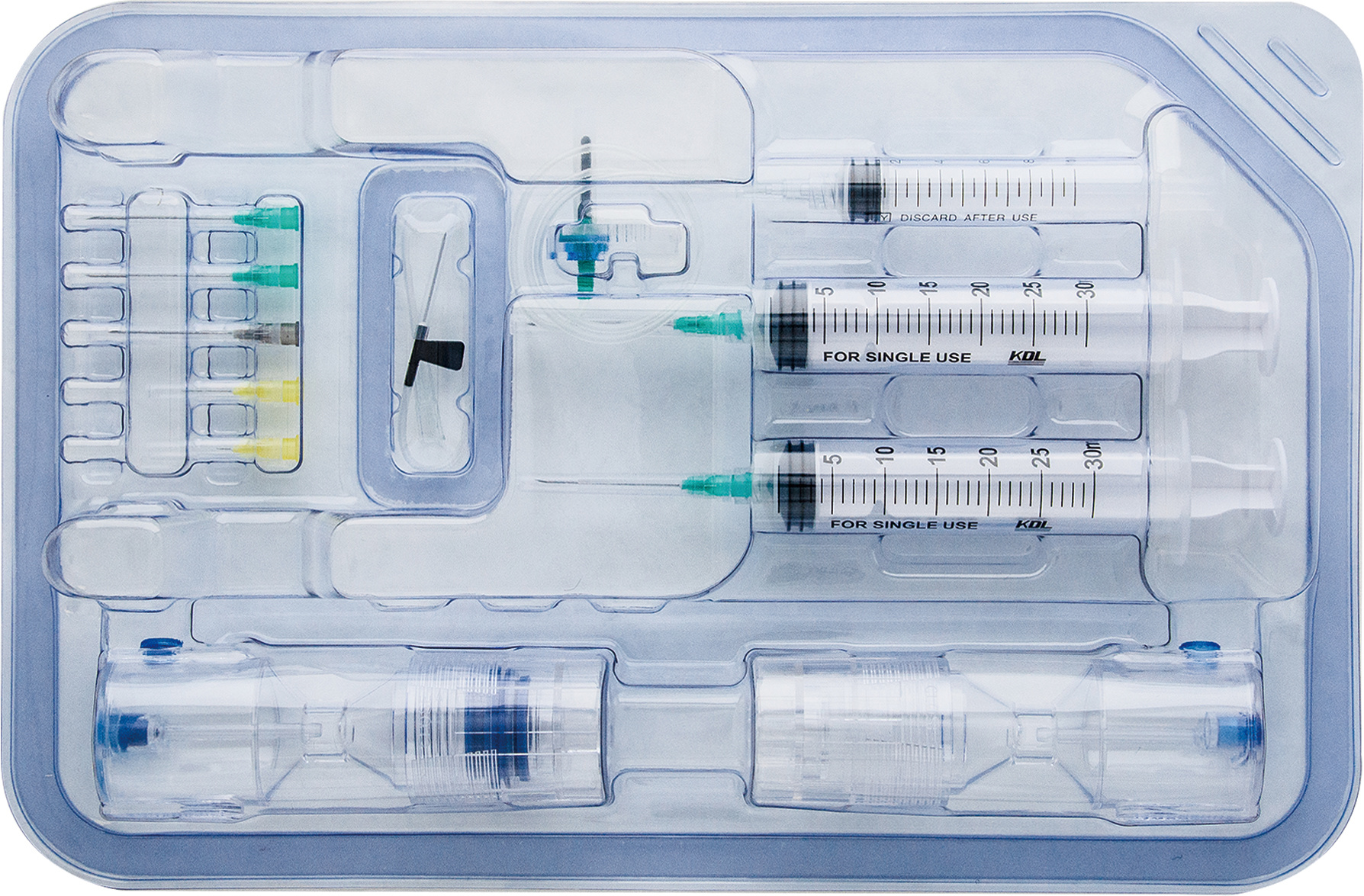
News
Clinical Application of PRP in Dermatology
10 Oct,2025

Platelet-rich plasma (PRP) is a highly concentrated autologous plasma, which can be prepared by extracting the patient's own whole blood. It contains a large number of platelets, and after activation, it can release a large amount of bioactive substances. It plays a positive role in anti-inflammation, anti-apoptosis, promotion of cell proliferation and differentiation, matrix remodeling, angiogenesis and tissue regeneration, and has great application value in the fields of dermatology, plastic and aesthetic surgery, stomatology and so on.
Application of PRP in Skin Diseases
1. Acne and Acne Scars
Currently, there are many methods for treating acne. However, both oral and topical medications can cause certain adverse reactions, such as erythema, desquamation, dryness, and gastrointestinal reactions. When used as a single treatment or in combination with other approaches for acne, PRP can inhibit bacterial growth, thereby achieving the therapeutic goal.
In addition, PRP is a safe and effective method for treating post-acne scars, and it is suitable for patients with deep skin lesions or those who are not eligible for surgery. Studies have shown that combined treatment methods are more effective than using PRP alone. Furthermore, research indicates that the combined use of PRP and CO₂ laser can reduce erythema and pigmentation caused by laser treatment alone, increase collagen deposition, and thus improve the depth and appearance of scars.
2. Melasma
Melasma is an acquired pigmented macule disorder that occurs on the facial region, most commonly affecting middle-aged women. The skin lesions typically present with symmetric distribution and progress slowly. Its pathogenesis has not been fully elucidated, making treatment challenging and recurrence likely.
The use of PRP as an adjuvant therapy for pigmentary disorders began in the early 21st century. In recent years, PRP has been recognized as an effective approach for treating melasma with fewer adverse reactions. PRP treats melasma by inhibiting melanin production through delaying the activation of extracellular signal-regulated kinases (ERK). This effect may be associated with angiogenesis, increased collagen and extracellular matrix, which help regulate skin tone and improve skin texture.
However, current literature on PRP for melasma improvement mainly comes from a small number of case reports. Further research is needed to evaluate the efficacy of PRP in melasma treatment, particularly regarding aspects such as PRP dosage, injection frequency, treatment cycle, comparisons among different clinical types of melasma, and follow-up duration.
3. Atopic Dermatitis
Atopic dermatitis (AD) is a common chronic inflammatory skin disease that affects 15% to 20% of children and 1% to 3% of adults worldwide, significantly impairing their quality of life. The pathological mechanism of AD is complex; numerous genetic and environmental factors that cause damage to the skin barrier function and immune dysregulation all contribute to the progression of the disease.
Studies have shown that PRP exhibits anti-inflammatory and immunomodulatory effects. It can improve atopic dermatitis by inhibiting the release of pro-inflammatory cytokines, reducing cell apoptosis, and exerting its anti-inflammatory actions. Currently, PRP has been widely used in the treatment of various skin diseases.
PRP Delays Skin Aging
Skin aging is a complex biological process characterized by the formation of wrinkles, atrophy of the epidermis and dermis, rough skin texture, pigmentation, telangiectasia (spider veins), and skin sagging. As early as the early 21st century, PRP has been successfully applied in the field of skin aesthetics.
After PRP is implanted into aging skin tissue, a variety of high-concentration growth factors are released, triggering a series of intracellular reactions in skin cells. PRP can stimulate the proliferation of skin fibroblasts and adipose-derived stem cells, increase the thickness of the epidermis and dermal papillary layer, boost the quantity and volume of collagen and fibroblasts, improve skin color and texture, enhance tissue tension, reduce wrinkle depth, and promote facial rejuvenation.
Most results from multiple ongoing studies are consistent, all reflecting PRP’s role in improving fine lines, enhancing skin elasticity, and refining skin texture. Meanwhile, in vitro experiments have also shown that PRP can accelerate fibroblast proliferation and collagen formation. These findings suggest that PRP exhibits non-negligible efficacy in facial rejuvenation.

The Shuangwei Biotechnology PRP kit has the following advantages:
1.High degree of automation: The preparation and extraction process is fully automated. It is composed of a disposable platelet-rich plasma preparation kit and a medical centrifuge, achieving "one-time centrifugation, one-stop sealing, and one-click preparation", reducing manual operation errors and improving the preparation efficiency and accuracy.
2.Completely closed and pollution-free: The separation and extraction process is completely closed, effectively avoiding external pollution, reducing the risk of infection, and ensuring the quality, safety and reliability of the prepared PRP.
3.Convenient operation: The PRP with the required concentration can be obtained only through one-time centrifugation. The whole preparation process only takes 15 minutes, which greatly shortens the preparation time and improves the clinical work efficiency.
4.Precise and adjustable concentration: Through mode selection, the concentration can be precisely adjusted from 2 to 8 times. It can provide personalized PRP concentrations according to the conditions and treatment needs of different patients to achieve the best treatment effect.
5.Adjustable components: Consumables can be optionally configured to prepare leukocyte PRP or complex leukocyte PRP, realizing the adjustability of PRP components and further meeting the needs of different clinical application scenarios.
Previous article
Related News
PRP Technology – Repair and Anti-Aging
2025-10-14
Clinical Application of PRP in Dermatology
2025-10-10
